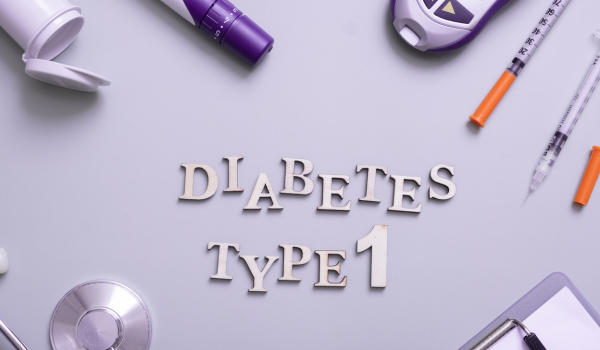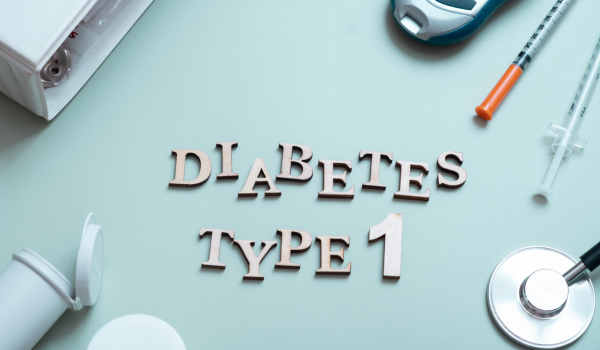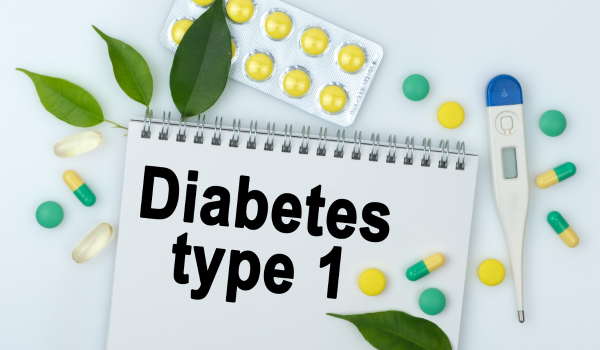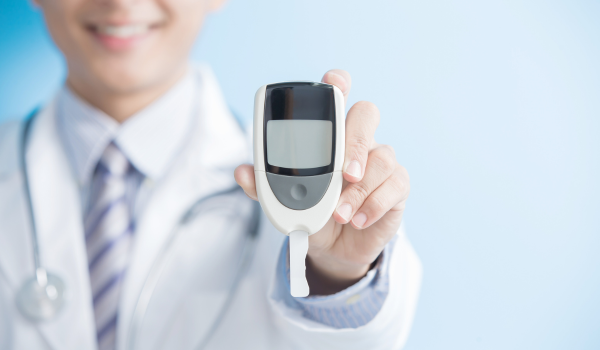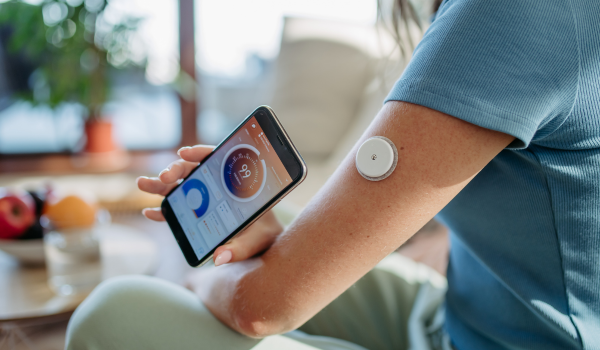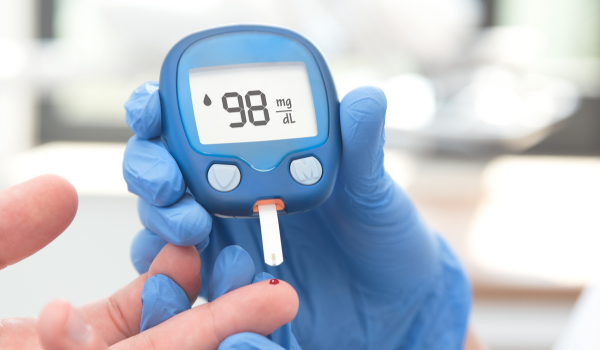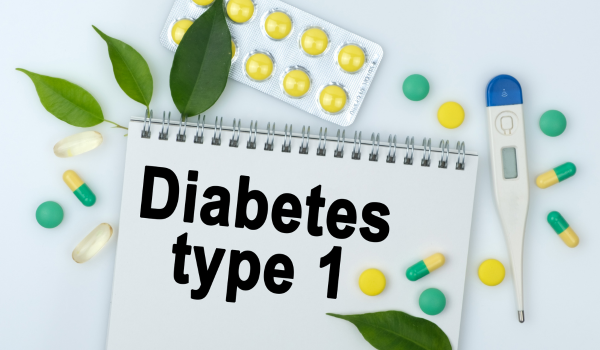
Overview
Diabetes is one of the most common chronic health conditions worldwide, but it is not a single disease. The two major forms—type 1 diabetes and type 2 diabetes—share similarities yet differ in important ways. Both conditions involve high blood sugar, but the causes, treatments, and long-term management strategies vary significantly.
Understanding the differences between type 1 and type 2 diabetes is critical for diagnosis, treatment, and prevention. This guide will walk through their distinct characteristics, symptoms, risk factors, and management approaches.
Causes
The underlying cause distinguishes type 1 from type 2 diabetes more than any other factor.
-
Type 1 diabetes is an autoimmune condition. The immune system mistakenly attacks the insulin-producing beta cells in the pancreas. Over time, these cells are destroyed, and the body stops making insulin altogether.
-
Type 2 diabetes develops when the body becomes resistant to insulin or when the pancreas cannot produce enough insulin to overcome this resistance. Lifestyle and environmental factors often play a large role.
While type 1 diabetes is largely unavoidable, type 2 diabetes can often be delayed or prevented through lifestyle changes.
Onset
The age of onset is another major difference.
-
Type 1 diabetes usually develops in childhood or adolescence, though it can appear in adults as well. Because it begins suddenly, it is often diagnosed after a person experiences dramatic symptoms such as excessive thirst, frequent urination, or diabetic ketoacidosis.
-
Type 2 diabetes typically appears later in life, often after age 40, although it is increasingly seen in younger adults and even children due to rising obesity rates. Its onset is gradual, and many people live with it for years without knowing.
Insulin Dependence
Insulin plays a central role in both conditions, but dependence differs.
-
People with type 1 diabetes require insulin injections for survival from the time of diagnosis. Without insulin, their bodies cannot regulate blood sugar at all.
-
People with type 2 diabetes may not need insulin initially. Many can manage blood sugar through diet, exercise, and oral medications. Insulin may be prescribed later if lifestyle changes and pills are not sufficient.
This distinction makes treatment approaches for type 1 and type 2 fundamentally different.
Symptoms
Both conditions share some hallmark symptoms, but patterns differ.
Type 1 diabetes symptoms:
-
Sudden weight loss
-
Frequent urination
-
Excessive thirst
-
Extreme hunger
-
Fatigue
-
Blurred vision
-
Nausea and vomiting (due to ketoacidosis)
Type 2 diabetes symptoms:
-
Gradual weight gain or difficulty losing weight
-
Increased thirst and urination
-
Fatigue
-
Slow-healing wounds
-
Frequent infections
-
Tingling or numbness in hands and feet
Type 1 symptoms typically develop quickly, while type 2 symptoms emerge slowly, often going unnoticed until complications arise.
Risk Factors
Risk factors provide another clear distinction.
-
Type 1 diabetes risk factors include genetics, family history, and certain viral infections. It is not strongly linked to lifestyle choices.
-
Type 2 diabetes risk factors include obesity, sedentary lifestyle, poor diet, family history, age, and ethnicity. Unlike type 1, these risks can often be modified.
This explains why prevention strategies focus heavily on type 2 rather than type 1 diabetes.
Diagnosis
Diagnosis of both types involves blood sugar testing, but doctors use different markers.
-
For type 1 diabetes, doctors look for high blood sugar combined with autoantibodies—immune proteins that attack the pancreas. Tests may also measure ketones in the urine, a sign of insulin deficiency.
-
For type 2 diabetes, diagnosis usually relies on fasting blood glucose, HbA1c (average blood sugar over 3 months), and oral glucose tolerance tests. Autoantibodies are generally absent.
Accurate diagnosis is essential because treatment strategies differ significantly.
Complications
Both type 1 and type 2 diabetes can cause long-term complications if blood sugar is not well controlled. These include:
-
Heart disease
-
Stroke
-
Kidney damage
-
Vision loss (retinopathy)
-
Nerve damage (neuropathy)
-
Poor wound healing and infections
However, complications may appear earlier in type 2 diabetes because people often live with it undiagnosed for years. Type 1 complications usually develop later, but they can progress quickly if blood sugar is not managed.
Treatment
Treatment is tailored to the type of diabetes.
-
Type 1 diabetes: Requires lifelong insulin therapy, delivered by injections or insulin pumps. Patients must monitor blood sugar multiple times a day and adjust insulin doses accordingly.
-
Type 2 diabetes: Treatment often begins with lifestyle changes such as diet modification, weight loss, and increased physical activity. Oral medications like metformin are commonly prescribed. If these fail, insulin or injectable medications may be added.
Advancements such as continuous glucose monitors (CGMs) and artificial pancreas systems are improving outcomes for both types.
Lifestyle Role
Lifestyle influences type 1 and type 2 diabetes differently.
-
Type 1 diabetes is not preventable through lifestyle. However, healthy habits can make management easier and reduce the risk of complications.
-
Type 2 diabetes is strongly linked to lifestyle. Diet, exercise, and weight management can prevent, delay, or even reverse early stages of the disease.
This is why public health campaigns often focus on reducing obesity and promoting physical activity to lower type 2 diabetes rates.
Prevention
-
Type 1 diabetes currently cannot be prevented. Researchers are studying immunotherapies and vaccines that may reduce risk in genetically susceptible individuals.
-
Type 2 diabetes can often be prevented with lifestyle changes. Studies show that weight loss, healthy eating, and regular exercise can reduce risk by up to 58% in high-risk individuals.
Prevention strategies for type 2 diabetes not only protect individuals but also reduce healthcare burdens worldwide.
Daily Management
Managing diabetes requires constant attention, but the specifics differ.
-
Type 1 diabetes: Daily management revolves around insulin administration, carb counting, frequent blood sugar checks, and adjusting doses for meals and activity.
-
Type 2 diabetes: Management may begin with lifestyle adjustments and oral medication, eventually progressing to insulin if needed. Blood sugar monitoring is also crucial but may not need to be as frequent early on.
Technology, such as glucose monitoring apps and smart insulin pens, is making management more precise for both conditions.
Public Perception
Another important difference lies in how the public perceives each condition.
-
Type 1 diabetes is often misunderstood as being caused by lifestyle, even though it is not preventable. This misconception can lead to stigma and frustration for those living with it.
-
Type 2 diabetes is sometimes blamed on poor diet or lack of exercise, but genetics and other factors also play roles. Stigmatization can discourage people from seeking help.
Improving awareness of these differences helps reduce stigma and encourages better understanding of both conditions.
Research Outlook
Ongoing research is paving the way for better treatments.
-
For type 1 diabetes, scientists are exploring beta-cell transplants, stem cell therapies, and immune-based interventions to stop the autoimmune attack.
-
For type 2 diabetes, research focuses on new medications that improve insulin sensitivity, protect beta cells, and reduce complications.
The ultimate goal is a cure for type 1 and long-term reversal strategies for type 2.
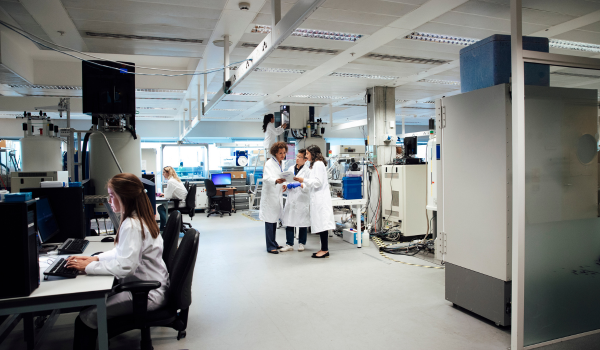


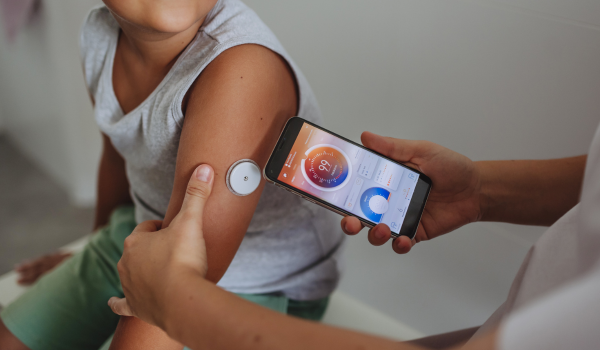


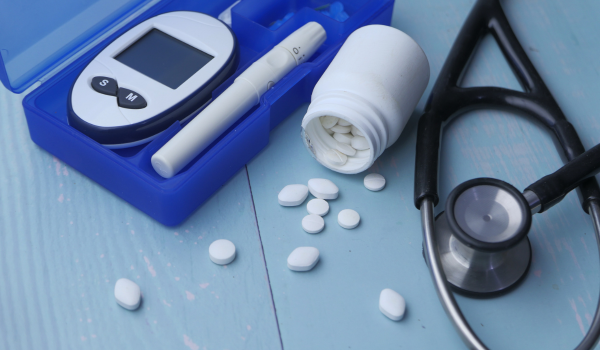


.png)

